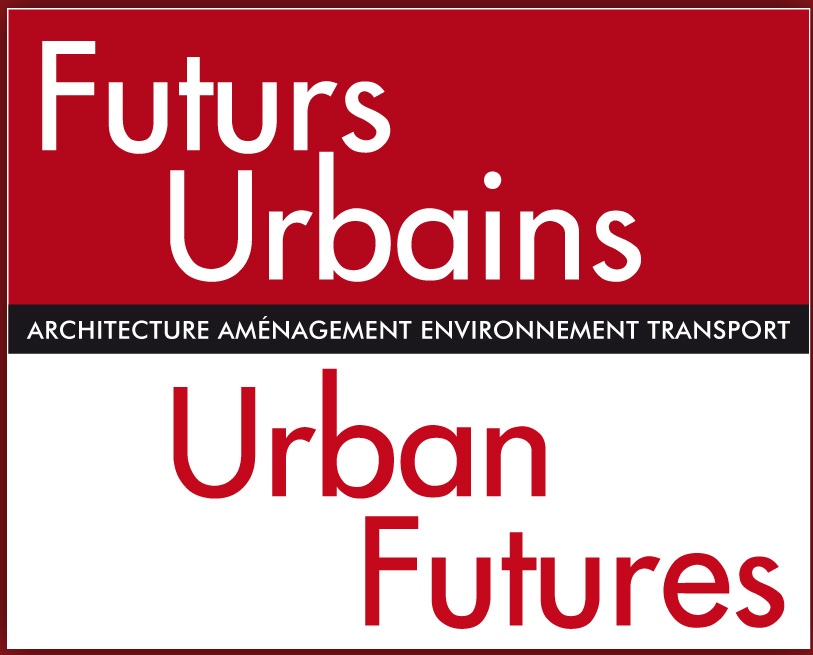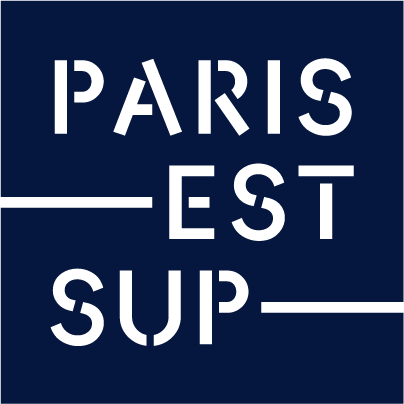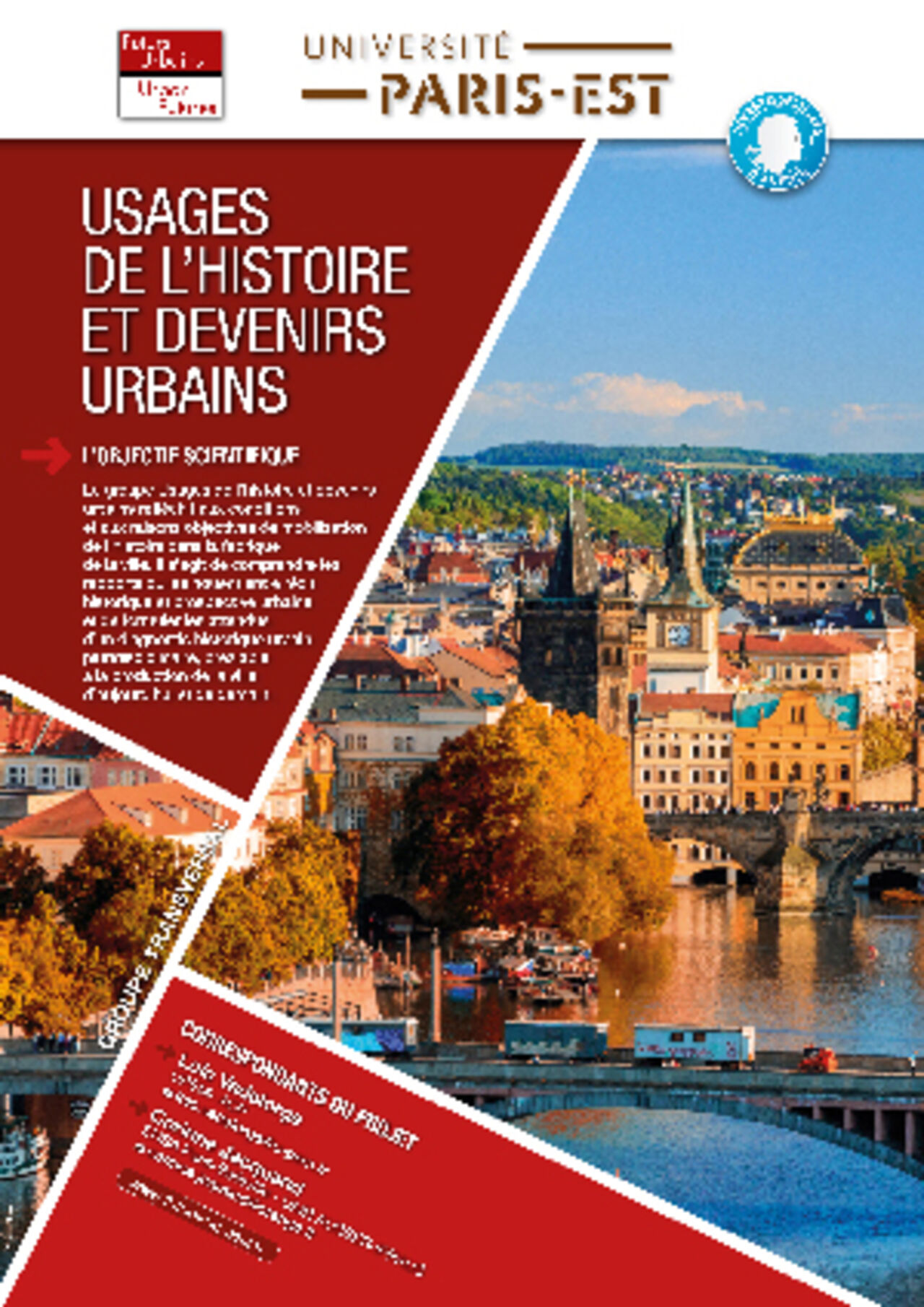Presentation of research project
The Cross-cutting Group aims to get researchers together who wish to debate the potential uses of historical research in present-day and futur urban planning. History is understood not in the academic sense of the term (i.e. historians) but as a de facto multidisciplinary urban research method. Similarly, the working group does not insist upon a single definition of the city given the varied and complementary nature of research topics (urban forms, networks and infrastructure, practices of inhabitants, public policies, stakeholders institutional cultures, how planning professionals are orgnised, etc.) and historical approaches to studying all things urban.
Focus 1 - The history of urban futures
A first research pointer lies in the contribution of the Cross-cutting Group to a debate around the very name "Urban Fuures". A number of major current urban planning project are part of the long-term history or urbanism. The history of big projects to developped Paris, London, Amsterdam, New York, Moscow, etc., and other major urban agglomerations or metropolises goes back at least 100 yers. Although the broad features of these projects have been extensively studied, it is worth revisiting them and holding them up as a mirror to tackle issues raised by new urban development plans. To find out more.
Focus 2 - Contemporary uses of urban heritage
The traditional and proctive opposition between the old historic fabric and the developers of the city of tomorrow now appears to be outdated. New approaches to the history of urban heritage make it possible to go beyond a description of objects or a series of protective policies to factor in the multi-faceded - and by definition, societal - production on a number of different levels or property heritage compromises that guide the future of cities.To find out more.
Focus 3 - Towards an applied urban history ?
Applying or claiming the usefulness of history in urban projects naturally leads on to a debate about the diversity of practices and circumstance in which history is put to use. The objective disparity between teaching and research methods practised for example in a school or architecture, a school of urbanism, a university history department, a cataloging department or even o board of architecture, town planning and the environment (CAUE), does not preclude the circulation of research in the scientific domain (i.e. publications, reviews, conferences) or the socio-professional sphere (i.e., media, public institutions, Grand Paris building project, etc.). The necessity of comparing and contracting field experiences, methodological approaches and research findings undoubtedly paves the way for a redefinition of the place of history in a debate over the future of cities.To find out more.


